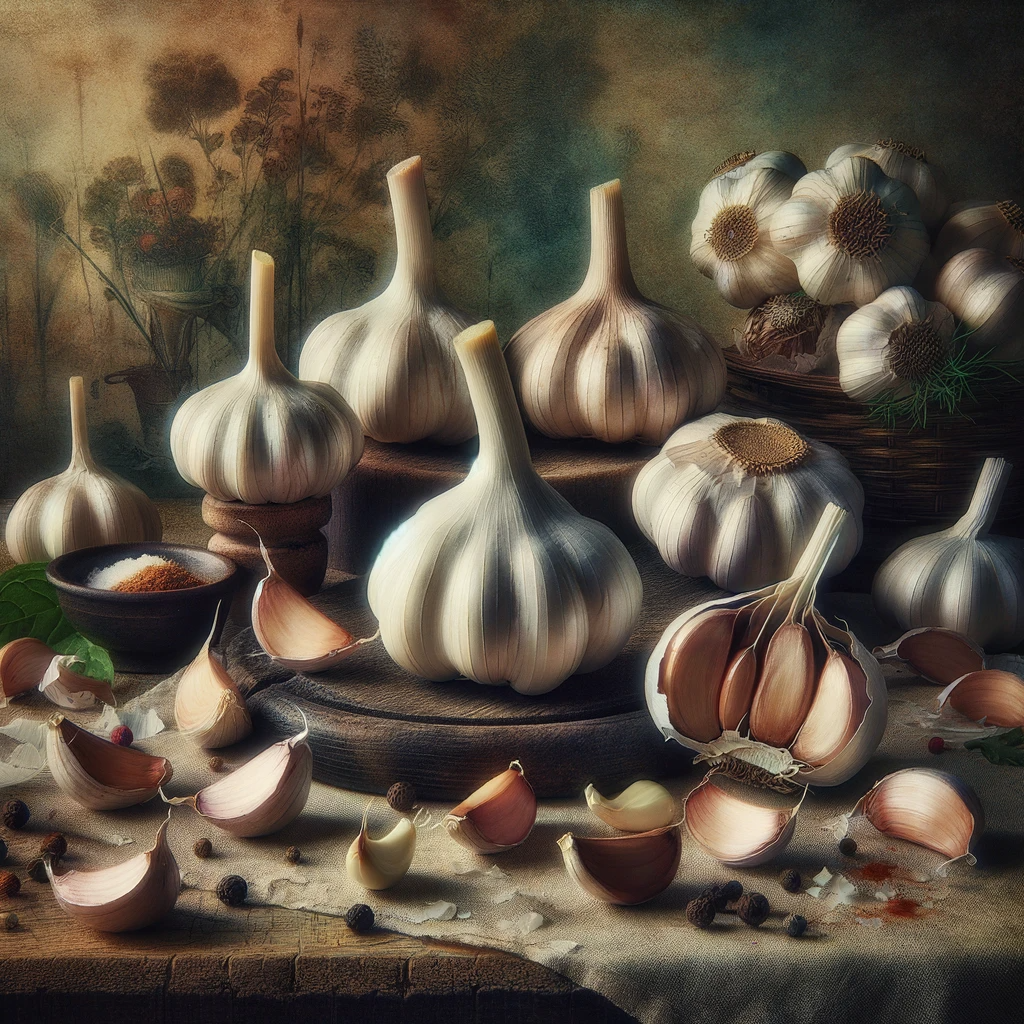Introduction: Garlic, with its pungent flavor and numerous health benefits, is a staple in many dishes around the world. But did you know that you can easily grow this aromatic herb right in your own backyard? Not only is homegrown garlic fresher and more flavorful than store-bought varieties, but it also allows you to have a consistent supply of this essential ingredient. In this article, we’ll guide you through the key steps to successfully grow garlic at home, ensuring a bountiful harvest.
1. Choose the Right Garlic Variety: Selecting the right garlic variety is the foundation of a successful garlic-growing venture. There are two main types: softneck and hardneck. Softneck garlic is well-suited for milder climates, while hardneck garlic is better for colder regions. Research and choose a variety that suits your local climate and soil conditions.
2. Prepare the Soil: Garlic thrives in well-draining, fertile soil with a pH level between 6.0 and 7.0. Prepare the soil by adding organic matter like compost or aged manure to improve its texture and fertility. Ensure good drainage to prevent rot and disease.
3. Plant at the Right Time: Timing is crucial when planting garlic. The ideal time to plant garlic cloves is in the fall, about 4-6 weeks before the first hard frost in your area. This allows the garlic to establish strong roots before winter.
4. Proper Spacing: Space your garlic cloves about 4-6 inches apart in rows, leaving approximately 12 inches between each row. This spacing ensures that the garlic has enough room to grow without crowding.
5. Planting Depth: Plant garlic cloves with the pointed end facing up and bury them about 2 inches deep in the soil. Cover them with soil and mulch to protect them from extreme temperatures.
6. Watering and Mulching: Garlic requires consistent moisture, especially during its early growth stages. Water regularly, but avoid overwatering, as garlic doesn’t like soggy soil. Apply a layer of mulch to help retain moisture and control weeds.
7. Fertilize Wisely: Garlic benefits from a balanced fertilizer with a low nitrogen content. Avoid high-nitrogen fertilizers, as they can promote excessive leaf growth at the expense of bulb development.
8. Pruning Scapes: Hardneck garlic varieties produce scapes – curly, green shoots that emerge from the center of the plant. To encourage larger bulb growth, prune these scapes when they curl, redirecting the plant’s energy towards the bulb.
9. Monitor for Pests and Diseases: Keep an eye out for common garlic pests like aphids and nematodes, as well as diseases like rust and white rot. Regular inspection and prompt action can help prevent significant damage to your garlic crop.
10. Harvest at the Right Time: The optimal time to harvest garlic is when the lower leaves turn brown and start to wither. Carefully dig up the bulbs, and allow them to cure in a dry, well-ventilated area for a few weeks before storing.
Conclusion: Growing garlic at home can be a rewarding experience, providing you with a fresh and flavorful ingredient supply year-round. By following these essential tips, you can successfully cultivate garlic in your own garden, enhancing your culinary creations and enjoying the numerous health benefits of this versatile herb. Happy garlic growing!
